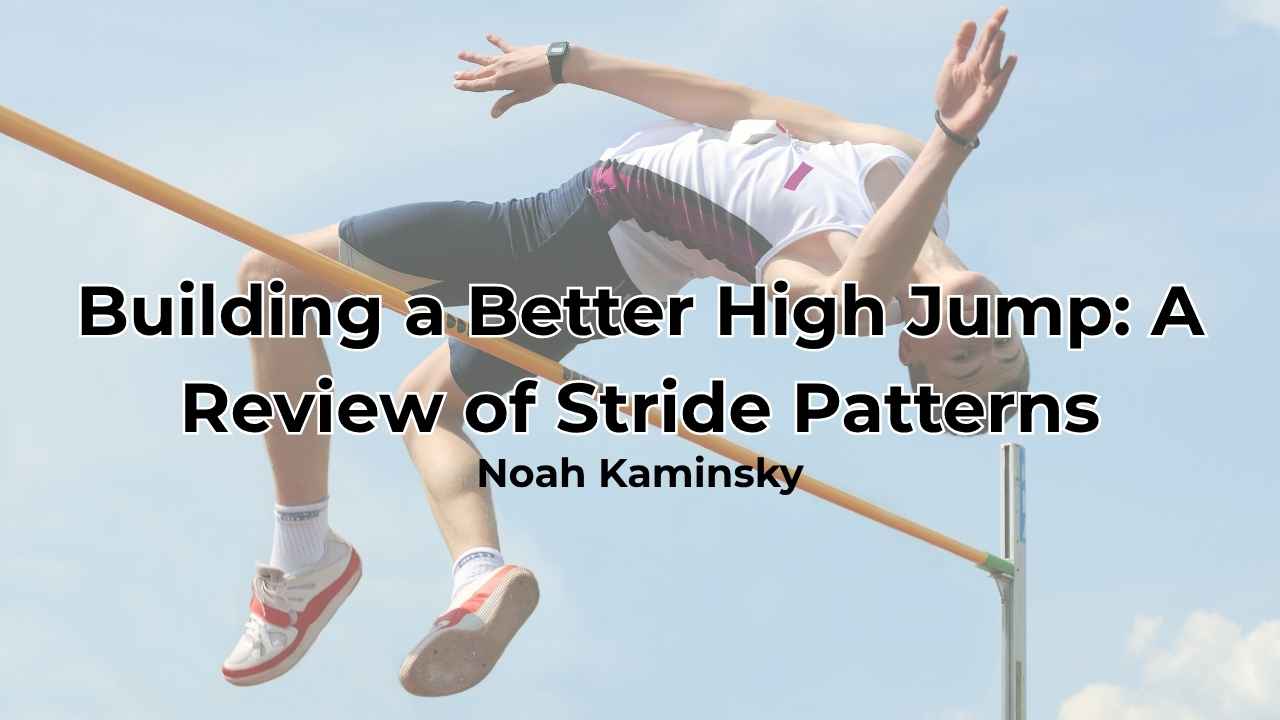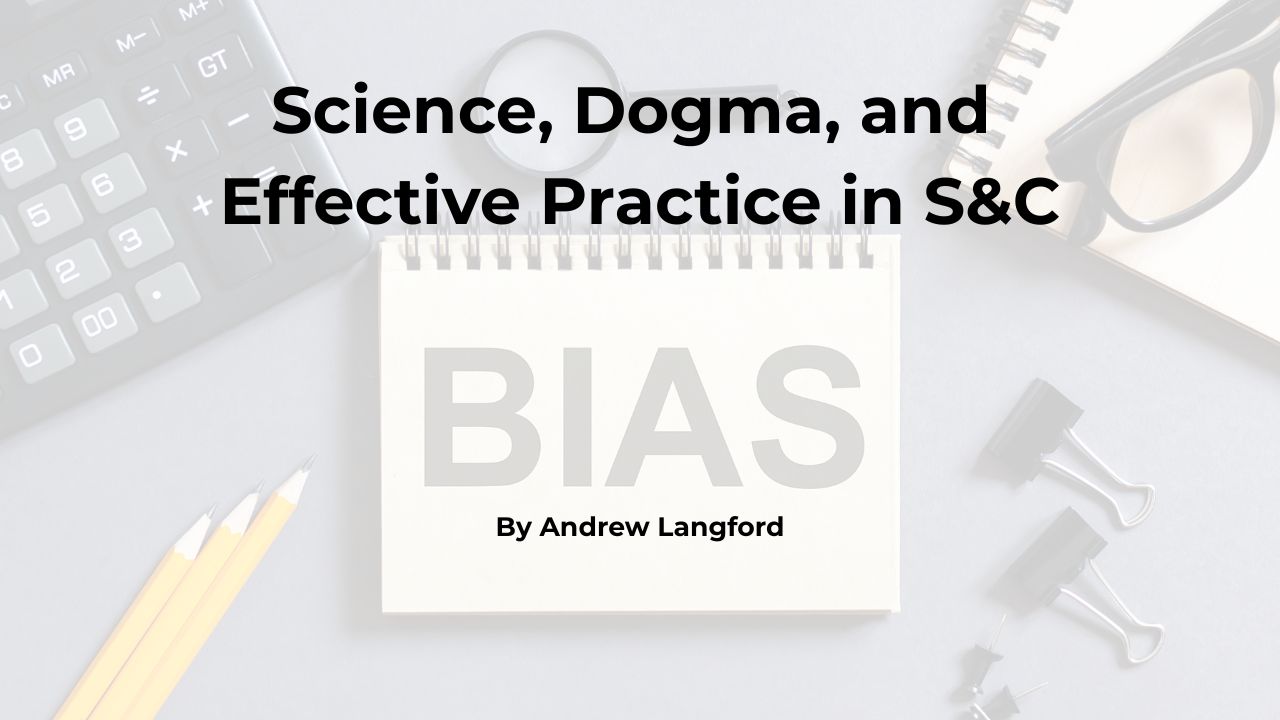[mashshare]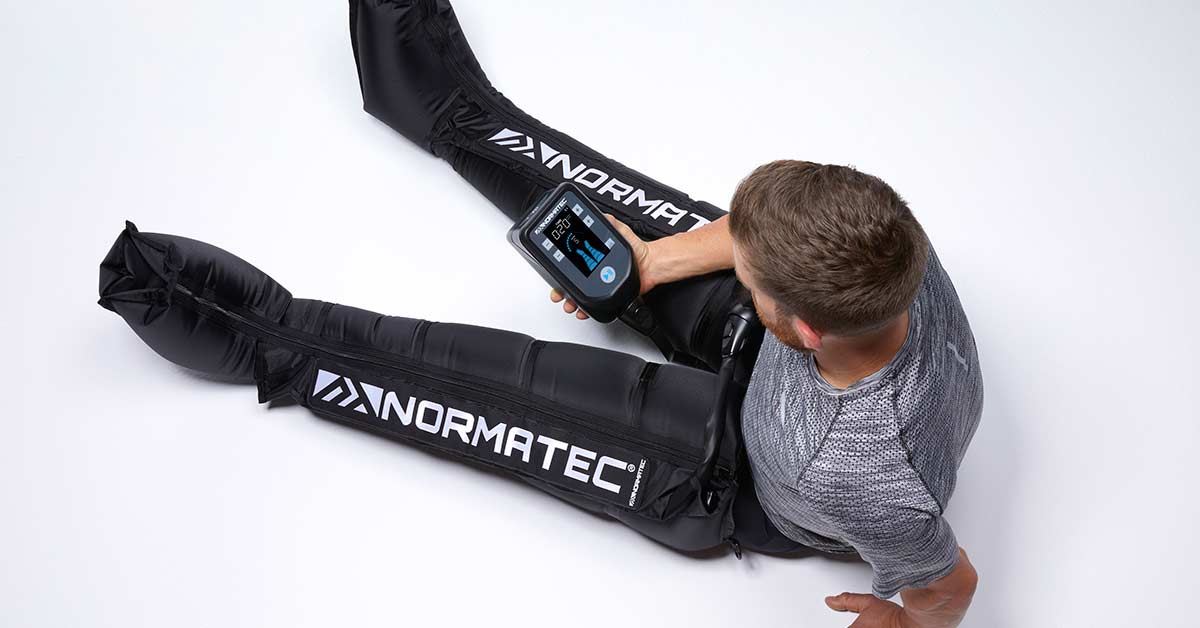
While it’s likely that you have heard of the NormaTec recovery system, if you are unfamiliar with it, this is probably the most comprehensive review of the product you’ll find, period. I cover all the details of pneumatic compression, so you know if the solution is right for you and, specifically, if the product is a good fit. I have extensive experience with the compression market and have done countless tests to see which products perform. The science is still new in regard to sports performance, but based on a handful of studies, we do know that some limitations exist.
If you are familiar with the NormaTec Pulse 2.0 and want to know if upgrading your system makes sense, this article is appropriate as well. If it’s been a while since you have read the scientific evidence on recovery and compression, this blog post adds a little science and practice to the review and digs into the heavy physiology. Don’t worry, the article is not for an expert with a background in advanced science—it’s for athletes and coaches wondering whether the NormaTec is a good option.
What Is Intermittent Pneumatic Compression?
If you read the “Buyer’s Guide on Pneumatic Compression Systems,” you should still read this, as I share a different take on the engineering and science. Pneumatic compression simply uses air to create a squeezing effect to limbs to help with circulation, but it’s not as effective as our own natural biological systems. We can 3D print a heart or put someone in the ICU with a breathing apparatus, but synthetic solutions always seem to pale in comparison to the real thing.
So why use an artificial device to “milk” the legs or even the arms? Well, some evidence shows that it works in disease models, but we need to be clear about the treatment benefit so the science is clear. There are studies on static compression shorts and socks every year, and most of these pneumatic devices are for people with lymphedema or similar challenges. Healthy athletes are buying compression technologies like crazy, so let’s make sure we define what it is exactly.
Pneumatic compression is a pulsating pressure surrounding the body using sleeves or boots. Theoretically, the sequence or pattern of pressure helps with circulation, specifically blood and lymph. Equipment can apply ranges of pressure, from barely perceptible to near full occlusion to the limb or torso.
The specifics of the air pressure pulse are the fingerprint of the particular compression system used, and various velocities & durations create different physiological effects. Share on XThe specifics of the air pressure pulse are the fingerprint of the system used, as various velocities and durations applied will create different physiological effects on the body. A constant light pressure to the sock is much different than an emergency responder performing chest compressions to an unconscious person. That continuum, from light to heavy and from static to dynamic, is the reason research is very fuzzy today. When you add in the fact that most research wants to see a restoration of athletic output, you shouldn’t expect to see much support for compression outside of swelling and discomfort such as delayed onset muscle soreness (DOMS).
How NormaTec Works
While NormaTec is basically a set of inflatable pants and a programmed air pump, I don’t want to oversimplify the product as just delivering a safe and effective compression experience. NormaTec started out as a medical device and, like many other health products, ended up entering the sports recovery market years later.
As a former resident of Massachusetts, I like that NormaTec (which is based in MA) has steadily evolved from a small medical device manufacturer in the late ’90s to a recovery product mogul now. I can remember that, years ago, the product resembled a car battery with hoses, but now it’s super slick and very portable. When respected sports scientist Dr. Sands promoted the solution a decade ago at the Boston Sports Medicine and Performance Groupconference, the solution was mainly for elite athletes getting ready for the Olympics or NBA finals. Now it’s used by weekend warriors and fitness enthusiasts from all over
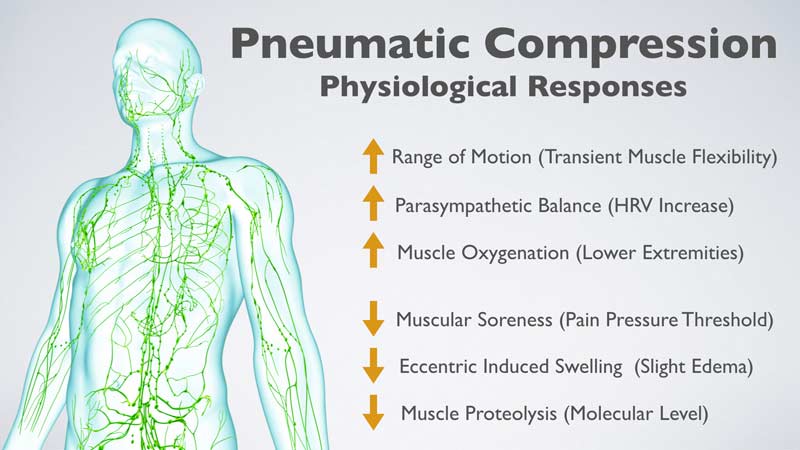
NormaTec pushes air in a sequential manner from the feed all the way up to the thigh. It has hip and arm attachments, but the sequential pattern is distal to proximal direction. The leg sleeves are like firefighter boots that come all the way up to the hips, conform to the athlete with air pressure, and squeeze each segment of the leg with additional compression systematically. Generally, the session cycles through the pattern of sequential compression for about 30 minutes, and users can adjust the pressure and duration of the treatment with the controller.
What has changed now is that the product connects to a smartphone, so you can remotely control the product and leave the hardware on the ground without having to pick it up and put it down each time you want to make an adjustment. It’s also “27% smaller” than the previous design, and that iteration was much smaller than the car-battery-sized product from a decade ago.
Normatec has evolved into more ideal solution for traveling athletes, as it’s now smaller, more portable, and controllable via a smartphone, says @spikesonly. Share on XAgain, the solution is for traveling athletes who demand something practical. I remember dealing with the hassle of it traveling from Boston to Orlando years ago, and now it can fit in a small backpack versus a large duffle bag. I will get into the features and nuances later in the review, but it’s important to know that the NormaTec is not a medical device, but a consumer solution for managing discomfort from training. What you pay for is circumferential pressure in a rhythmic pulsing action, and the experience is similar to a massage. Users report a positive change in soreness and freshness, but the science has yet to understand the biological mechanism.
An Update on the Science
I wrote about compression science a few years ago in a very short article, but additional research is now available. A major disconnect exists with research on NormaTec, mainly because nearly every study expects to see a restoration of performance after a treatment—something you will likely never see with any intervention, really. Time, nutrition, and sleep seem to be the big players with recovery, and modalities only provide a light influence on the process of recovery.
So why do athletes love NormaTec and compression? My belief is that humans are programmed to feel better after being squeezed, literally. When we are sad or lonely, a welcome hug helps us all feel better. We wrap a baby up with blankets (swaddling) to help them sleep and calm them down. Weighted blankets are reported to help both children and adults sleep, so I think something is there for those wanting to feel better. I also believe that there are physiological changes and biochemical reactions in play, but I don’t see anything in the research to support that a NormaTec session will restore neuromuscular power to an athlete acutely or with chronic use.
What I want to get across is that the research is scattered, mixed, and even conflicting. Don’t sweat the new research showing something as impressive as an Achilles tendon regeneration benefit and then be dejected when it fails to help performance in cycling later. Take each study with a grain of salt and ask yourself what a realistic expectation of the product is. Squeezing the legs from distal to proximal manually does “CPR” to the lymphatic and circulatory systems, but it won’t restore the body from fatigue.
Simply managing light edema, even if it’s barely perceptible, could be the difference between having an athlete train that week or not, says @spikesonly. Share on XFor me, the discomfort of DOMS is enough for athletes to want to skip leg workouts, so managing the swelling is worth it. Just a small amount of swelling is very uncomfortable for athletes, and getting movement passively is essential when the body is broken down. Simply managing light edema, even if it’s barely perceptible, could be the difference between having an athlete train that week or not. To a strength coach always luring athletes back into the weight room, having NormaTec in your corner is worth it.
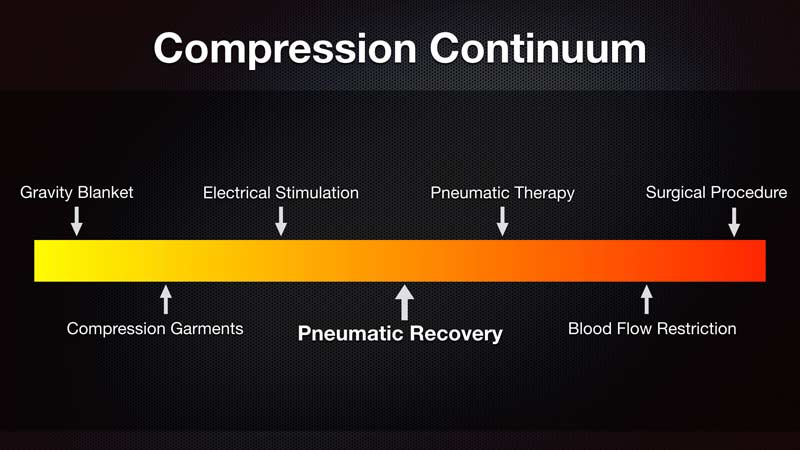
Remember: Compression is not only a continuum of pressure, it’s how dynamic the delivery of the compression is and if the athlete is passive or active. Blood flow restriction systems are for active training locally, while more exotic total body systems like PureFlow are completely passive total body or global solutions. Athletes can use garments actively or passively; they are less effective generally, but they are also only light compression, while solutions like FlowDyn are high-velocity and specific for serious support at the near-medical level. The autonomic responses are a bit of a mystery to me, as I have seen great parasympathetic responses after a session but acute sympathetic changes early if the pressure is high.
A study on lactate responses of the product hinted at a paradoxical response to repeated use, but a muscle oxygenation study done recently is interesting because it showed that pneumatic compression may increase the sequential and tissue oxygenation of limbs. The hypothesis was that compression may impair blood flow, but the studies of more medically driven products not only proved higher Doppler readings, but that it could actually increase angiogenesis.
Perhaps the most interesting and deepest set of investigations, down to the molecular level, was the study on cellular signaling after intense resistance training. I recommend starting with the aforementioned study and actually reading it a few times. The science is heavy, but I believe it’s the direction we need for the pneumatic space to mature.
The goal of the science section wasn’t to convince you that the conflicting research is wrong about the effectiveness of the product, but to remind coaches that this is a training recovery product, not a medical solution for ankle sprains or hamstring pulls. Again, I have multiple systems to help treat injuries, including electrical muscle stimulation and actual medical-grade products for heavy congestion to joint systems.
The NormaTec system is a training recovery product, not a medical solution for ankle sprains or hamstring pulls, says @spikesonly. Share on XRead the research and make sure you cover the entire spectrum of treatment options for compression, as the future industry will grow and likely improve with product performance. If you want something that is an alternative to a massage, feels great, and helps manage soreness, NormaTec is for you.
Product Review – You Get What You Pay For
Now comes the full review that covers what you get when you pay for a system. When I do reviews now, I want every aspect and essential detail covered, so if you want an express look, simply scroll down and read the captions to the photos. If you are investing in team orders, make sure you have read the science, as coaches and sports medicine professionals often forget about the clinical needs. Don’t just opt for purchasing one type of product and forget about medical-grade solutions.
Again, if you are looking for peripheral recovery for soreness from training, NormaTec is the answer. If you are doing wound or trauma support, work with your team physician and therapy team and remember to include other passive and active systems in the compression continuum mentioned above.

When you order a NormaTec system, the follow-up email and FedEx tracking are the first sign of customer service. Nothing frustrates me more than when I purchase a system and have no clue when it’s shipped, if it’s shipped, and when it’s coming. When you buy a NormaTec, the email follow-up keeps you in the loop until it arrives. Your system shows up in a beautiful black box with NormaTec branding. The entire unboxing is a marvel—the equipment is perfectly protected and packed so the system can be ready instantly, and even includes a signed welcome card from the CEO.
Included in the box are basically the sleeves with a connector hose (leg and/or arms) and controller. Obviously, you have an AC adapter to charge the controller’s battery and a few instruction guides. If you elect to use the app, you will have the opportunity to control the session from your phone. This enables the operation to come conveniently from below your feet instead of having hoses above. It’s not a huge change, but it’s a great improvement if you want maximal comfort and to be free of distraction.

The sleeves are, to me, the most important part of the product, as they are made to handle hundreds and hundreds of sessions of use. Nothing is more frustrating than when a product has one job to do and breaks down because the company strategizes on price, so if you get one lesson from this article it’s to think about durability and value.
For me, the sleeves are the most important part of the product, as they are made to handle hundreds of sessions of use. Think durability and value, says @spikesonly. Share on XThe pants that I got are heavy-duty and really well-made. Another benefit is that the design of the boots is symmetrical because they conform to your legs, so you don’t have to remember right and left—you just grab them and put them on. The best part of the pants is that each chamber is anatomically positioned to create the right pressure, starting with the feet and going all the way to the upper thigh.

Now to something that demonstrates why NormaTec still leads a crowded pneumatic compression market. The hoses are simply stunning and click in and out with ease. This is why I went with NormaTec over the years—the small decisions that really add up. User experience is about design and iteration, not marketing hype. Under the hose splitter is a piece to cover one of the paths for compression in case you want to go with just one appendage for some reason, and seeing this clever design made me smile. Yes, the company thought of everything.
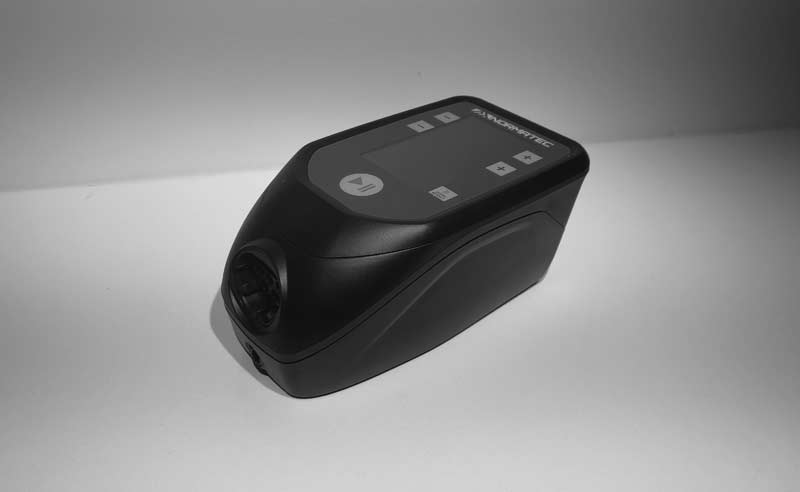
The controller is a thing of beauty, as it’s small and includes a battery that makes it very mobile for both indoor and outdoor sessions. The animation on the NormaTec website is one of my favorite sports technology innovations, as it shows how much they focus on product development. The controller is quiet, powerful, and easy to use. The LCD panel is gorgeous and boasts a chemical enhancement to the glass touch screen. My favorite part is, of course, the housing connection and power button.
During the session, the controller provides the core essentials, showing the user what is happening with both treatment duration and pressure status. It has an option to add more compression to specific zones, and this is great for times that a specific area is sore. Most treatment times are a half hour, and I like to go 40 minutes at least. The battery lasts at least three hours per charge, but I have yet to push it to see how long it will go. You have the option of just plugging the power cable into a wall outlet, but I like to charge it and then use it on the couch in the middle of the room.

The app does what it’s supposed to and perhaps helps the future of the product down the road. My biggest gripe with sports technology companies (not NormaTec) is that they don’t monitor the usage rates and patterns of their users. It’s not spying to know if a customer is using the product, and knowing how and when they use the product adds insight for both the support staff and the engineers.
The app provides control over the product and shares the frequency of use based on session tracking. There’s not much to the app, as expected, but it’s a smart move by the company and was something I recommended to companies after observing the new PowerDot. Now that Compex sells an electrical muscle stimulation device that is smartphone-controlled, it’s fair to say the future of many recovery products seems to be device-driven.
I do get worried that the market will forget that controllers still need to be available. I understand that having an LCD screen is redundant, but I feel it’s worth having both as some users are sick of seeing their phones. I have noticed that other companies, specifically RP Sports with its recovery pump, are coming out with app-enabled products in the pneumatic compression space, so this looks like another box coaches will check down the road.
I didn’t mention the travel bag earlier. Yes, it’s on the pricey side, but it is specifically designed to protect your investment. Just to be clear, it’s not a duffle bag with a logo—it’s similar to a camera bag lined with padding so it can keep the hoses, controller, and sleeves safe during air travel or on the road. It’s possible to repurpose other bags if you want to save money, but I would only do so if the fit is nearly perfect and you are worried about being targeted by someone wanting to get a treatment later at the hotel or facility! Jokes aside, I look at the accessories, including shirts and other products, as a message that the company is trying to share with its customers. I opted not to get the bag because I have other options that are more than satisfactory.
I honestly have no complaints or real recommendations for the company to make changes except for perhaps linking each user to an API for compliance. If you are a pro team, you can take advantage of the data and check to see the patterns of use, as measuring intervention allows leagues or even individual athletes to see how their use shows up over a season. The product connects to TrainingPeaks and Strava for the endurance community, but it would be great for other sports to have to able to connect their AMS, especially elite teams. The warranty extension is a nice change, as well as the small size reduction for those with limited space.
Overall, I am happy with the NormaTec system, and it has come a long way over the last two decades. Its updated refinements are a shining example of product development and leadership, and it’s the best product on the market for recovery. More medical solutions exist for the treatment of injuries or even trauma, but equipment like FlowDyn and Game Ready are specialized for sports medicine purposes, not consumer purposes. If you have the money for the training recovery space, don’t buy on price—invest in the value of the system.
Why I Chose NormaTec
I have no issue with products that try to provide a similar solution as NormaTec, but I can’t compromise on the user experience and durability of the Pulse 2.0 system. When managing DOMS from heavy training, I stick to NormaTec religiously. With the use of chronic IPC (intermittent pneumatic compression), I have noticed improved ratings for subjective indicators of soreness and a willingness to train. Additionally, the HRV scores we see are significant enough that I know we are getting something for our money. If you are looking for professional solutions to injury or postsurgical situations, the product is not designed to treat disease or for medical uses. While swelling or edema may be modified by the product, an acute sprain or tear needs professional care, not shotgun compression treatments.
With the use of chronic intermittent pneumatic compression, I have noticed improved ratings for subjective indicators of soreness and a willingness to train, says @spikesonly. Share on XOverall, the design and execution of the new Pulse 2.0 product make it an example of sound product development. Every part of the product has both intelligence and refinement that you simply can’t get from the competition, as of yet. With NormaTec, you get what you pay for, and that means attention to detail and rugged durability. Small changes over the years show the company’s commitment to their vision of providing the best pneumatic compression. If you are looking to manage training soreness and want to help athletes feel better during periods of demanding training and competition, I recommend NormaTec.
Before You Invest, Know What You Are Buying
Obviously, recovery is a complicated area to navigate with athletes, but you still need to do your homework as best you can. Pneumatic compression varies from gentle circumferential pressure to very intense medical support, so don’t lump all of the offerings into one place. If you find that athletes crave the NormaTec compression experience, then let them enjoy it and buy one. If you think that the system will restore their nervous system or heal their body faster, please read the research and better understand the purpose of complementary devices.
I have found the NormaTec system to be popular during heavy training periods when massage and other manual therapies are hard to access with large groups, and the product is a good value and now even more portable and affordable. If you have an injury and/or more complicated medical problems, the NormaTec system, even with its history, isn’t designed for those challenges. For the price of about US $100 a month, you can get a refreshing experience for the legs that has a real physiological benefit, and I recommend it for those who have the budget.
Since you’re here…
…we have a small favor to ask. More people are reading SimpliFaster than ever, and each week we bring you compelling content from coaches, sport scientists, and physiotherapists who are devoted to building better athletes. Please take a moment to share the articles on social media, engage the authors with questions and comments below, and link to articles when appropriate if you have a blog or participate on forums of related topics. — SF
[mashshare]

